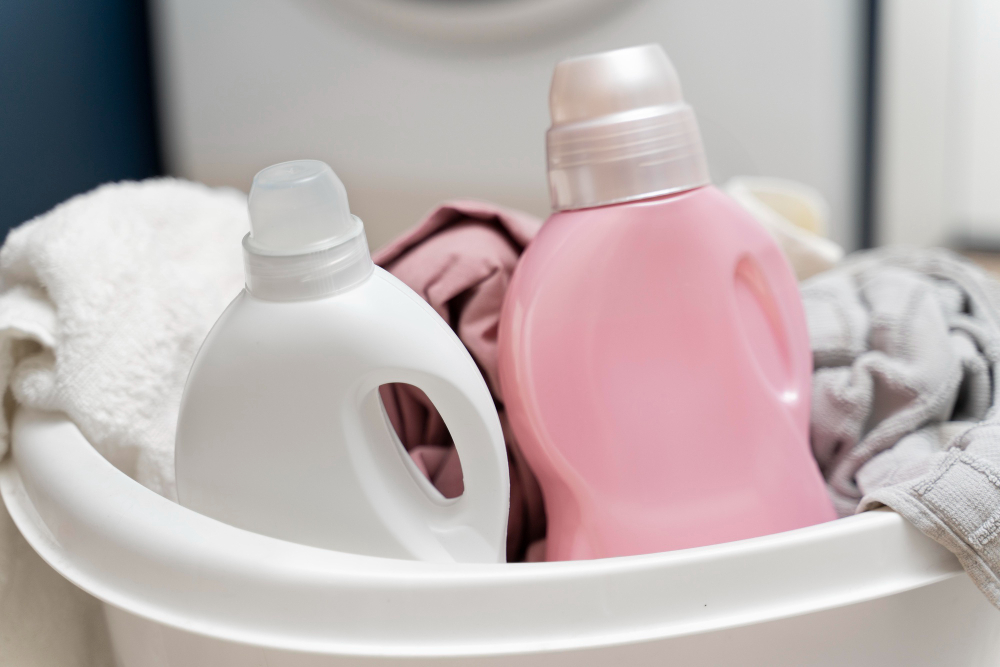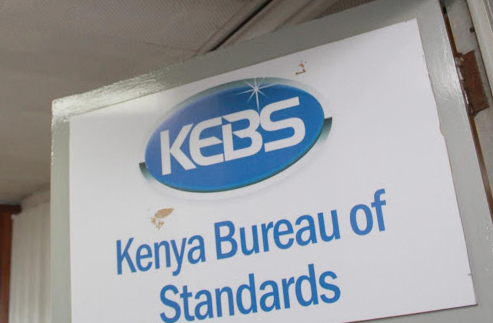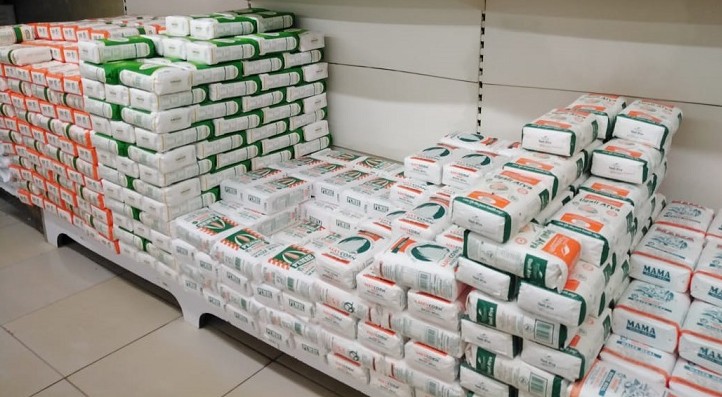Why using fabric softener might be ruining your clothes

Not all fabrics benefit from fabric softener. Some become less absorbent, while others lose important protective coatings.
For many Kenyan households, fabric softener is a laundry must-have, a fragrant solution that promises to leave clothes soft, fresh, and static-free.
A few capfuls in the rinse cycle make fabrics feel smooth, reduce wrinkles, and even make ironing easier.
More To Read
- Home living: 10 essential items Kenyans should replace at least once a year
- Cars registered before 2019 must reach Kenyan ports by December 2025 - KEBS
- 8 must-haves for a stylish bachelor pad
- 14 foods that don’t mix well and why you should avoid them
- Five healthy reasons to add basil to your meals
- As August temperatures drop, here is why you need a sauna or steam bath
But while the promise of softer fabrics is appealing, experts warn that fabric softener can damage certain clothes, reducing their lifespan and effectiveness.
Blake Wheeler of Boulevard Home explains that fabric softeners work by coating fabric fibers with a layer of fats and lipids, which alter their texture.
"You're supposed to shake the bottle before pouring it into the machine," he says, noting that the thickening agents in fabric softeners tend to settle at the bottom.
"And if your washing machine uses cold water, it is best to dilute the softener with warm water to help it disperse evenly."
Fabric softeners are typically made with emulsified fats, quaternary ammonium compounds (quats), and petroleum-based chemicals.
While these ingredients give fabrics a silky feel, they also affect how fabrics absorb water, breathe, and react to heat.
Clothes you should never use fabric softener on
Not all fabrics benefit from fabric softener. Some become less absorbent, while others lose important protective coatings.
1. Towels
While fabric softener makes towels feel fluffy, it also coats the fibers with a waxy layer, reducing their ability to absorb water.
"People don’t realize that when they use fabric softener on towels, they’re reducing their ability to soak up moisture," Wheeler explains.
Over time, this buildup can leave towels feeling greasy rather than fresh.
2. Microfiber cloths
Microfiber is designed to trap dust, dirt, and liquids efficiently.
However, fabric softener clogs the tiny fibers, making the cloths less effective. Especially if you add fabric softeners to your “Cleaning” water, you will notice that it leaves a trail of lines; those are actually fats.
"If you coat a microfiber cloth with fats and lipids, it simply won’t work as well," Wheeler says.
3. Activewear and sportswear
Modern workout clothes use ‘moisture-wicking' technology to pull sweat away from the body, keeping the wearer cool and dry.
Fabric softener blocks these fibers, making the fabric less breathable and reducing its ability to wick away moisture.
"When you use fabric softener on these materials, it clogs the fibers, making workouts more uncomfortable," Wheeler says.
4. Water-resistant clothing
Jackets, raincoats, and other water-resistant garments rely on special coatings to repel water.
Fabric softener breaks down these treatments over time, making the clothes less effective at keeping you dry, especially if you are sweaty.
5. Baby clothes and flame-resistant fabrics
Many baby clothes and children's sleepwear are treated with flame-resistant chemicals for safety.
Fabric softener can interfere with this treatment, making the fabric more flammable. Additionally, the chemicals in softeners may irritate a baby’s sensitive skin.
Washing detergents and fabric softeners are a very common cause of baby eczema. Signs that laundry detergents are a trigger for your baby’s eczema can include eczema patches appearing over their whole body but often with a clear nappy area, intense itching and eczema that is aggravated by water.
The National Eczema Association (NEA) recommends avoiding laundry detergents and fabric softeners that contain fragrance or dye. Instead, look for unscented and dye-free products that are formulated for sensitive skin, or use none at all.
How to use fabric softener the right way
While fabric softener can be damaging to certain fabrics, it can still be useful when used correctly on the right materials.
Use on cotton and blended fabrics – fabric softener works well on everyday cotton clothes, bedsheets, and pillowcases, keeping them soft and fresh. However, due to the chemicals used and the way they build up on the individual fibers, fabric softeners will damage even cotton items over time.
Avoid pouring undiluted fabric softener directly onto clothes, as this can cause staining. Always mix it with warm water or use the washing machine’s designated compartment, after mixing a little with warm water, to breakdown the fats in the softener and give proper distribution.
Avoid using too much; using excess fabric softener can lead to buildup in your washing machine and dryer, causing musty odors and reducing efficiency.
Clean your dryer’s lint screen because fabric softener residue can create a greasy buildup on the lint trap, making the dryer less effective. Wheeler recommends washing the lint screen with soap and water at least once a week to avoid staining.
Check storage conditions; fabric softener that is too old or has been exposed to extreme temperatures can separate, leaving gray or white spots on clothes. Always shake the bottle before use and check the manufacturing date.
Are there safer alternatives?
For those who want soft clothes without the risks, natural alternatives like white vinegar or wool dryer balls can help maintain fabric quality without leaving harmful residues.
"You don’t always need fabric softener to achieve soft, fresh-smelling clothes," Wheeler says. Sometimes, less is more when it comes to laundry care." Before adding fabric softener to your laundry, experts recommend considering whether the fabric needs it.
Avoiding softener on absorbent, moisture-wicking, and treated fabrics can extend their lifespan and keep them performing as intended.
Top Stories Today












































